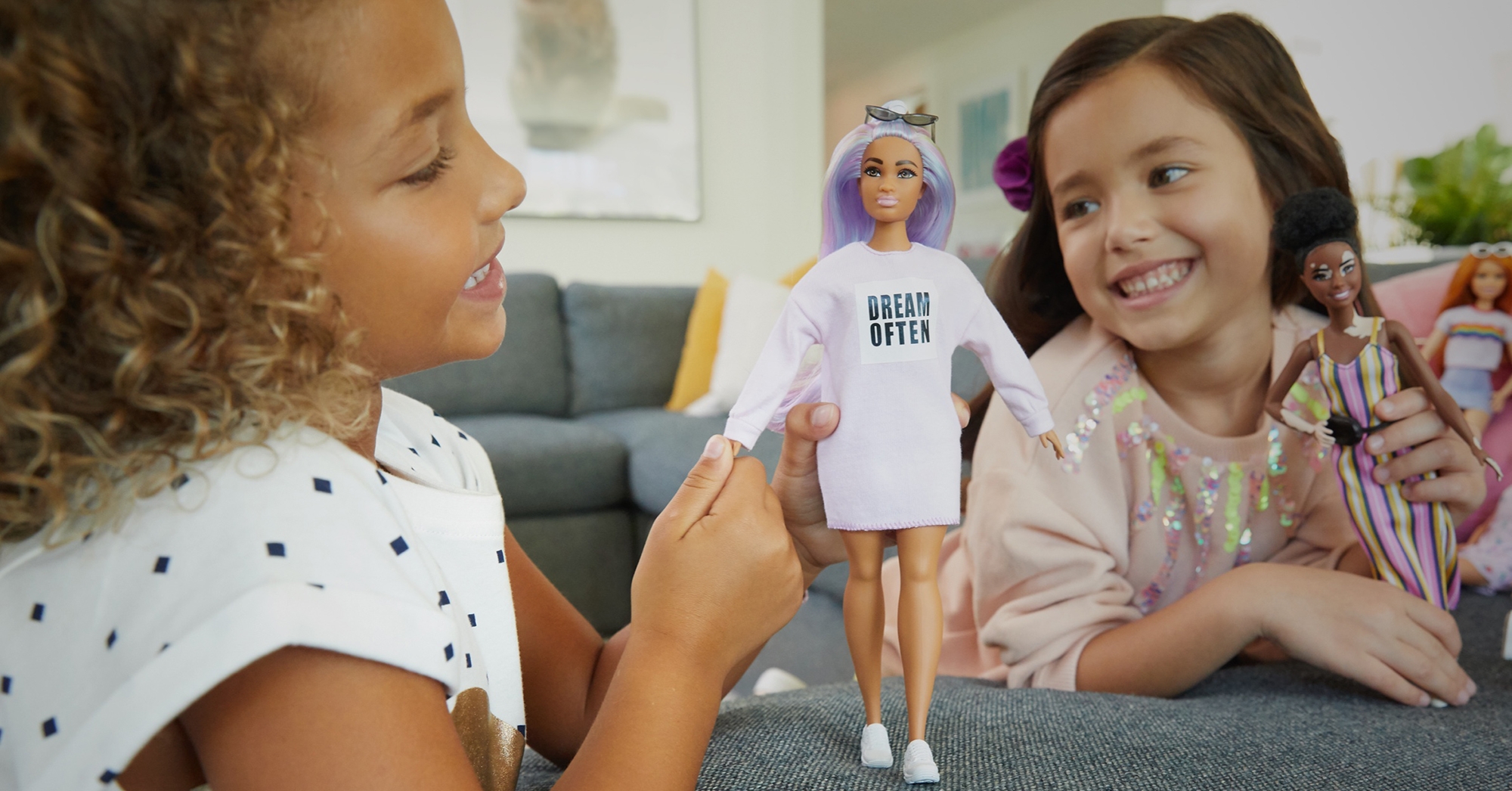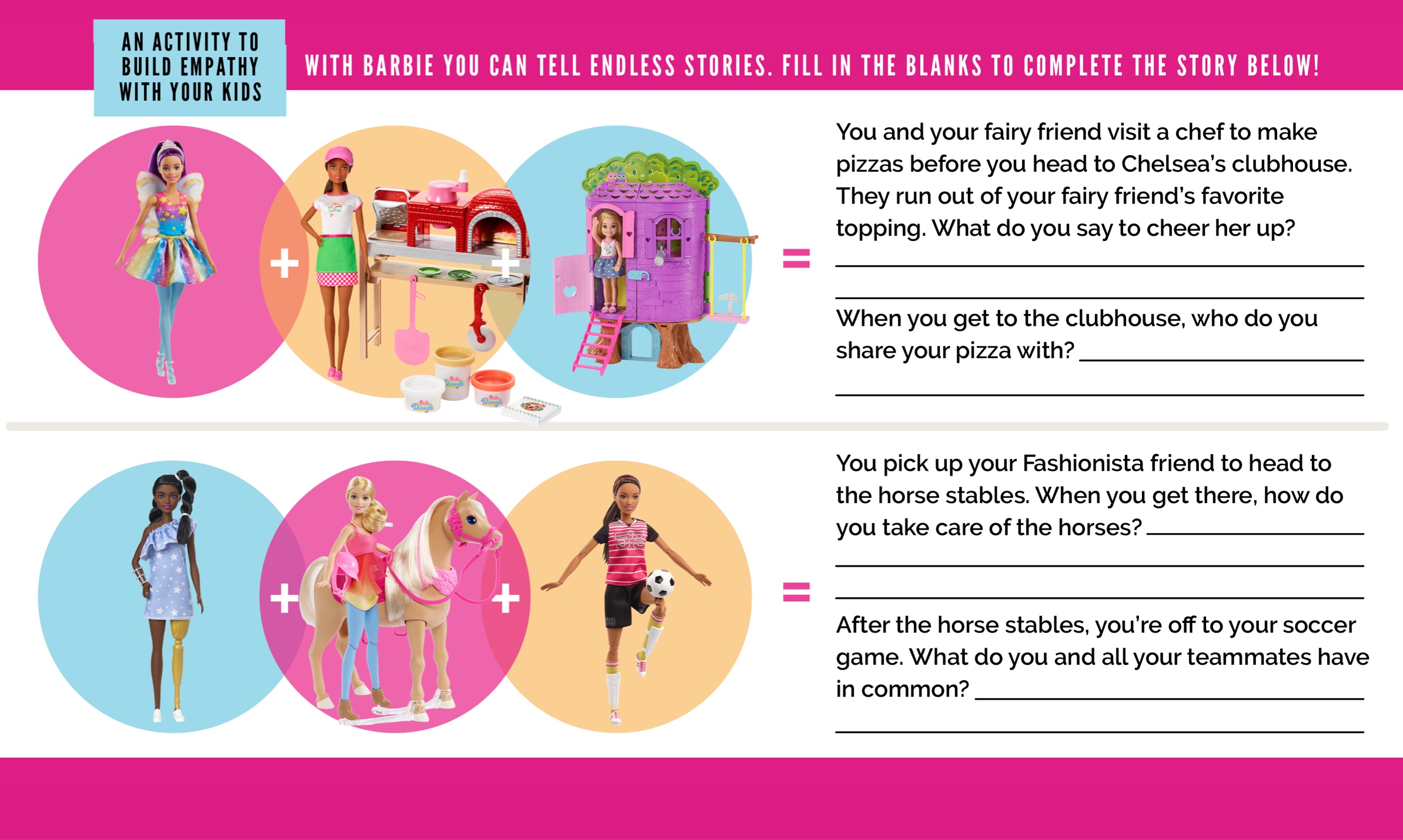Ten Tips for Developing Empathy



Encourage Free Play with Dolls and Listen In
Children often talk while they free play. Encourage this behavior by offering a variety of dolls, and tune in while they play to discover their interests, worries and dislikes.

Talk Feelings
Expand your child’s “feeling vocabulary” by naming feelings: “Looks like you’re angry.” “You seem frustrated.” Ask feeling questions: “Are you tense – worried - happy?”. Talk about emotions with your children, give them permission to show and convey their feelings.

Broaden Horizons
Offer your children a variety of dolls with different skin colors, genders, or disabilities. Help your children look for what they have in common with others, not how they differ.

Make Feeling Flash Cards
Print the names of a few basic emotion words like happy, sad, afraid, excited and surprised on index cards, and turn the flash cards into a game: each family member pulls a card and acts it out using only his face and body to depict the feeling with no sounds or words allowed.

Use the Two Kind Rule
Try the Two Kind Rule: “We say or do at least two kind things each day.” Talk about what kindness looks like (e.g., sharing a toy or helping someone), point out kind acts whenever someone displays them, and acknowledge your child’s kind acts.

Let Kids Care for Another
Look for opportunities that are age appropriate where your child can comfort and help like feeding the family pet or delivering cookies to a neighbor. Young children can also act out caring with dolls.

Praise with Nouns
Children who were asked to help with nouns: “Will you be a helper?” were far more likely to do so versus children who were encouraged to help as a verb “Will you help?”. If you want your child to see himself as a caring person, use nouns!

Start a Kindness Box
Take a shoebox with a slit cut in the top and encourage them to look for others doing kind acts. Whenever kindness is discovered, the “Kindness Finder” writes or draws the deed and the family member’s name and slips it in the Kindness Box.

Playout acts of kindness and empathy
When playing with dolls ask questions to help discover what’s going on in your child’s mind. “What makes her happy?” “What does he do if her friend is sad? Encourage your child to practice kind, caring and helping acts as they play.

Use Barbie dolls, Babies, and Puppies to Teach Empathy
Encourage your children to comfort and soothe their dolls while they play. “Fido looks frightened. How can you help your puppy feel safe?” The more children practice kindness, the more likely they will internalize the value.
The Benefits of Doll Play according to Neuroscience
Check out these links to find more resources for parents and the kids in your life!
For The Kids In Your LifeFor Parents – 2020 Study
For Parents - 2022 Study
For Parents - 2023 Study


































